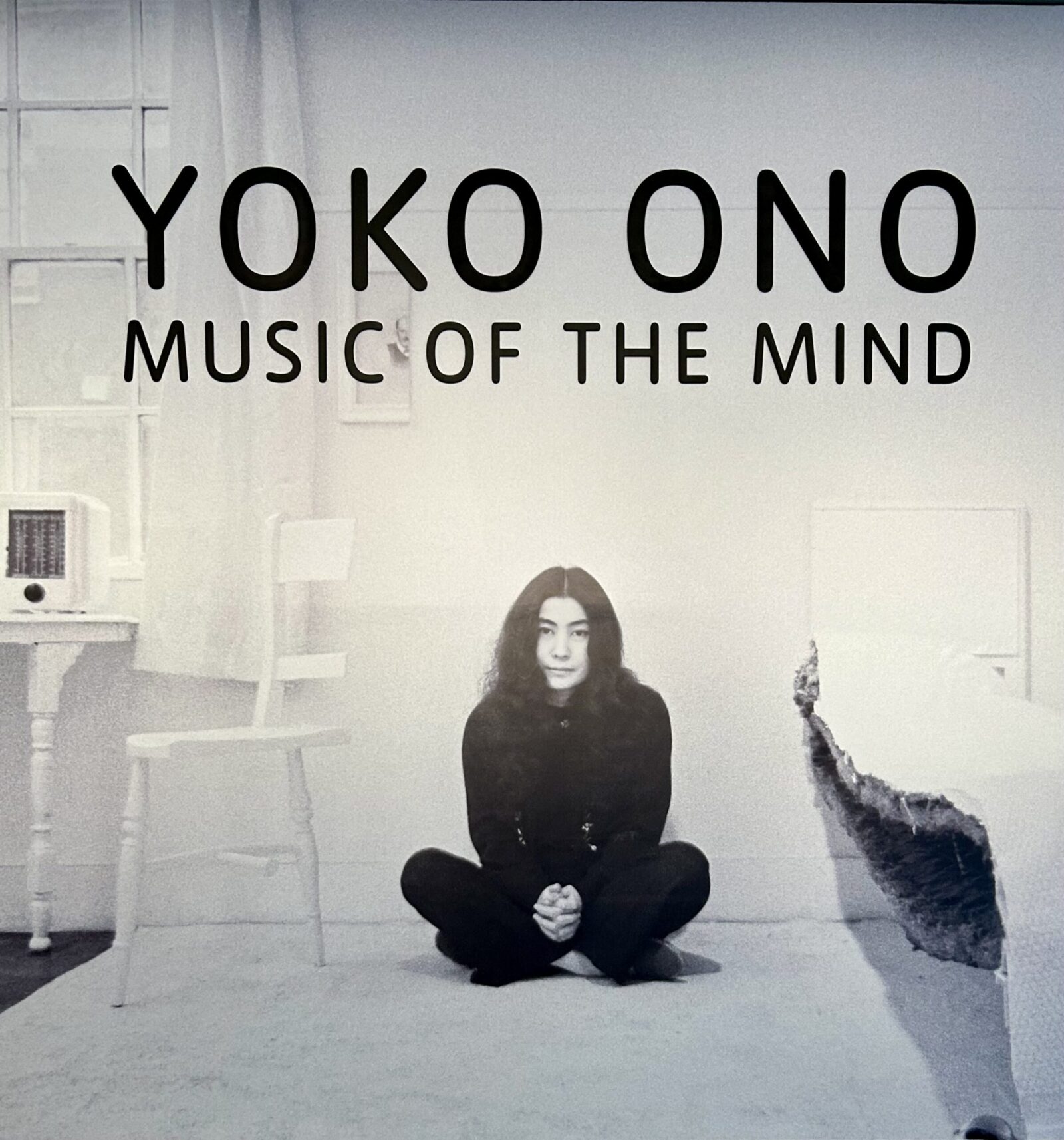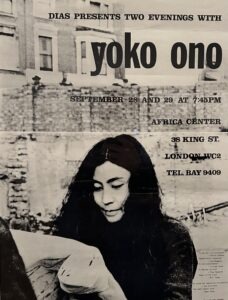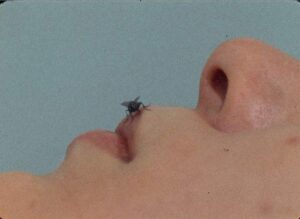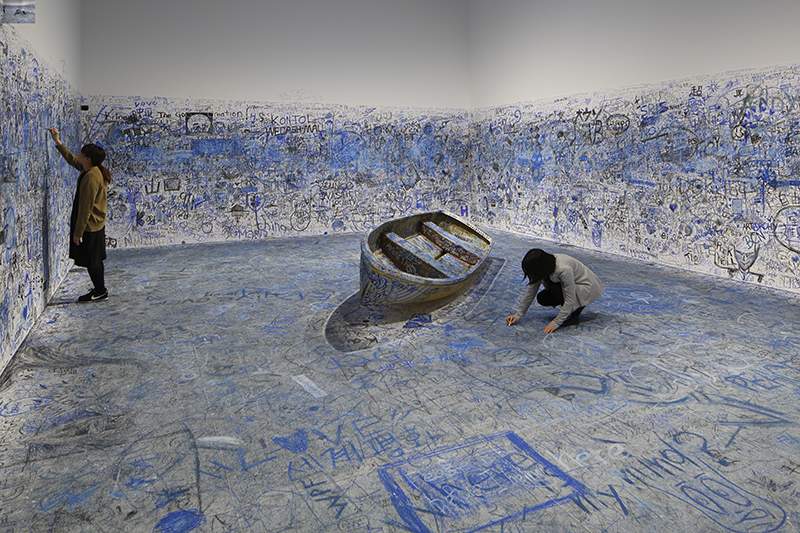
 Artist, activist, musician, filmmaker, peace campaigner and so much more, Yoko Ono has crammed a lot into her life. Now in her tenth decade, the ninety-one-year-old is being honored with a beautiful retrospective of her life’s work, Yoko Ono: Music of the Mind, at London’s Tate Modern gallery, which opens this Thursday, February 15th.
Artist, activist, musician, filmmaker, peace campaigner and so much more, Yoko Ono has crammed a lot into her life. Now in her tenth decade, the ninety-one-year-old is being honored with a beautiful retrospective of her life’s work, Yoko Ono: Music of the Mind, at London’s Tate Modern gallery, which opens this Thursday, February 15th.
The exhibition brings together over 200 works spanning seven decades, including film, music, photography, installation and illustrations. Some of the work has never been displayed in public before. In a very shouty world, Ono is a person who makes her point in a very chic and quiet, yet powerful, manner much like the Belgian fashion designer Ann Demeulemeester or the British chef Angela Hartnett.
before. In a very shouty world, Ono is a person who makes her point in a very chic and quiet, yet powerful, manner much like the Belgian fashion designer Ann Demeulemeester or the British chef Angela Hartnett.
We begin in the 1950s and 1960s when Ono was hanging out with the avant-garde in New York and Tokyo. Her work then included ‘instructional’ pieces with a call to action for the viewer to imagine, experience, make, or complete the work. Highlights here include 1964’s Bag Piece and Cut Piece. The former where viewers are invited to conceal themselves in a life-size bag and follow Ono’s instructions to create a fluctuating sculpture. The latter is a film where Ono’s clothes are gradually cut off her body by members of the public – a statement against ageism, racism, sexism and violence.
The next room charts Ono’s five years spent living in London from 1966. This work includes her collaborations with partner John Lennon, such as the 1969 iconic WAR IS OVER! (if you want it) and BED PEACE campaigns. Other highlights include the previously banned Film No. 4 (Bottoms) 1966-7, an 80-minute compilation of around 200 bare buttocks, said to represent ‘the London scene today’. Ironically, Instagram censored me an hour ago for posting a still from this film. Ono’s gentle peace activism is well represented in this section. Another favourite is White Chess Set, a game piece that visitors can participate in. The game features only white chess pieces and a board of white squares, with the instruction ‘play as long as you can remember where all your pieces are”, a 1966 anti-war statement.
 Ono’s feminism is reflected in many works, including FLY 1970-1, a film in which a fly crawls over a naked woman’s body while Ono’s voice charts its journey. In Freedom, 1970, Ono tries and fails to break free from her bra.
Ono’s feminism is reflected in many works, including FLY 1970-1, a film in which a fly crawls over a naked woman’s body while Ono’s voice charts its journey. In Freedom, 1970, Ono tries and fails to break free from her bra.
More recently Ono’s work increasingly advocates on peace and humanitarian issues. A highlight

here is Add Colour (Refugee Boat), which invites visitors to add paint to white gallery walls and a white boat. An hour into the exhibition launch and the room is already awash with messages of peace and support for those in Palestine and Ukraine, as well as those refugees trying to enter the UK in small boats.
This quiet, largely monochrome, and very commanding exhibition is a fitting tribute to a life well spent. Her message is still so relevant, and her methods of communication are as inspiring as ever. As Ono once said, “I like to fight the establishment by using methods that are so far removed from establishment-type thinking that the establishment doesn’t know how to fight back.”
On until 1st September at Tate Modern, Bankside, London SE1 9TG.
Queerguru’s Contributing Editor Ris Fatah is a successful fashion/luxury business consultant (when he can be bothered) who divides and wastes his time between London and Ibiza. He is a lover of all things queer, feminist, and human rights in general. @ris.fatah

